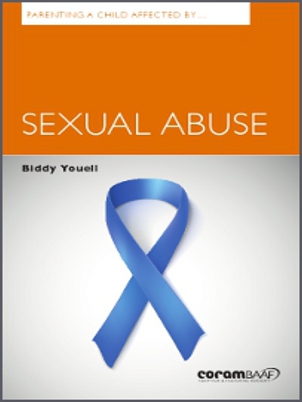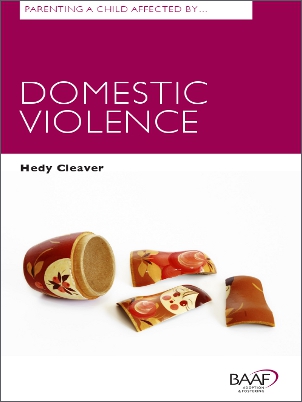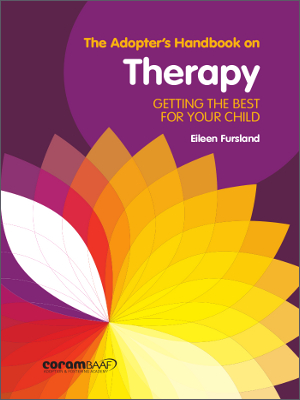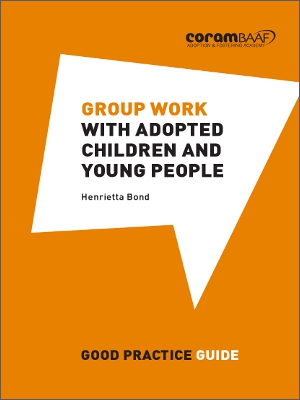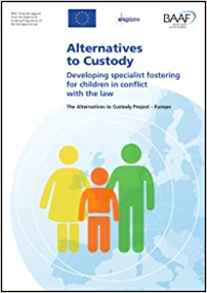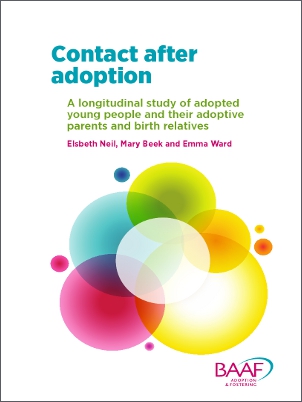Parenting Matters: Parenting a child affected by sexual abuse
| Biddy Youell
This book is part of CoramBAAF’s Parenting Matters series which explores many of the health conditions commonly diagnosed in looked after children. This guide explores sexual abuse, how a child or young person might be affected at different stages of development, and possible therapeutic interventions. It provides expert knowledge coupled with facts, figures and guidance presented in a straightforward and accessible style.

